The Kuji Amber site is an active industrial area where amber is mined and processed. It also offers impressive tourist facilities, including a museum, shops, and a restaurant. Visitors can also stroll the grounds near the museum, where a wooded path leads to Kohaku Jinja (lit. “Amber Shrine”) and a defunct amber drift mine, a short section of which can be entered and explored. Visitors can even visit an active pit mine, where they can try digging for amber themselves.
Kuji Amber Mines & Museum
久慈琥珀博物館 / Kuji Amber Museum
Fascinating interactive exhibits and hands-on experiences
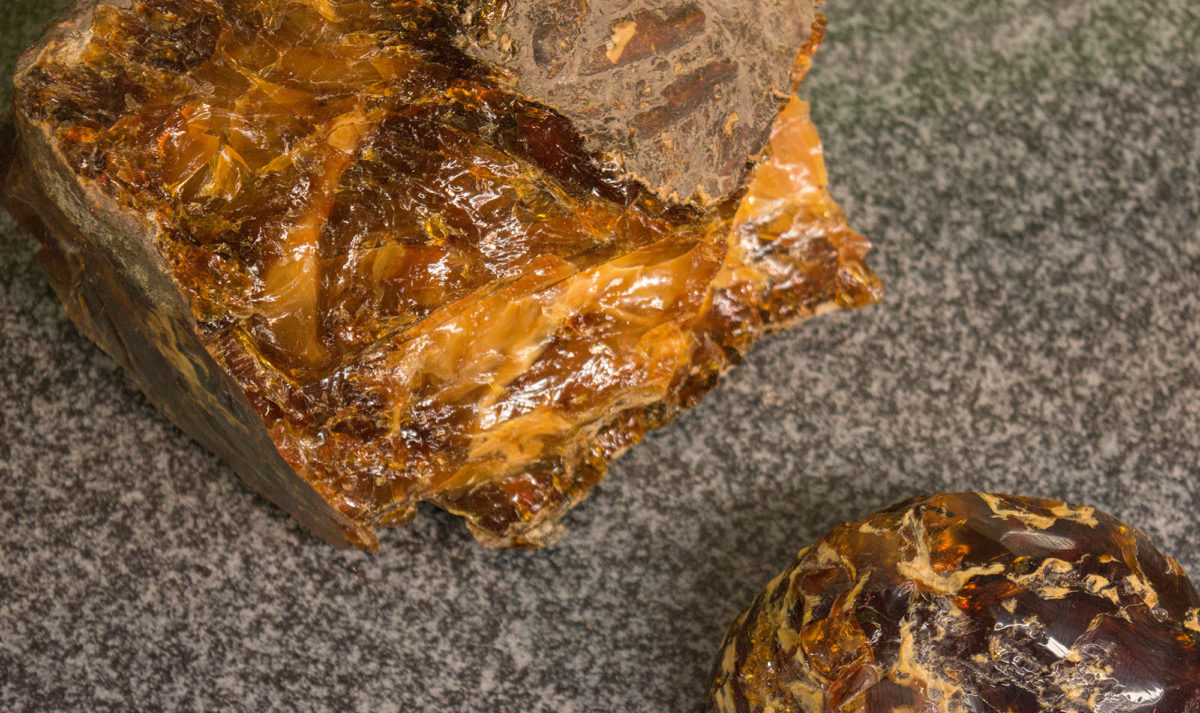
Photo by Wesley Keppel-Henry
Photo by Wesley Keppel-Henry
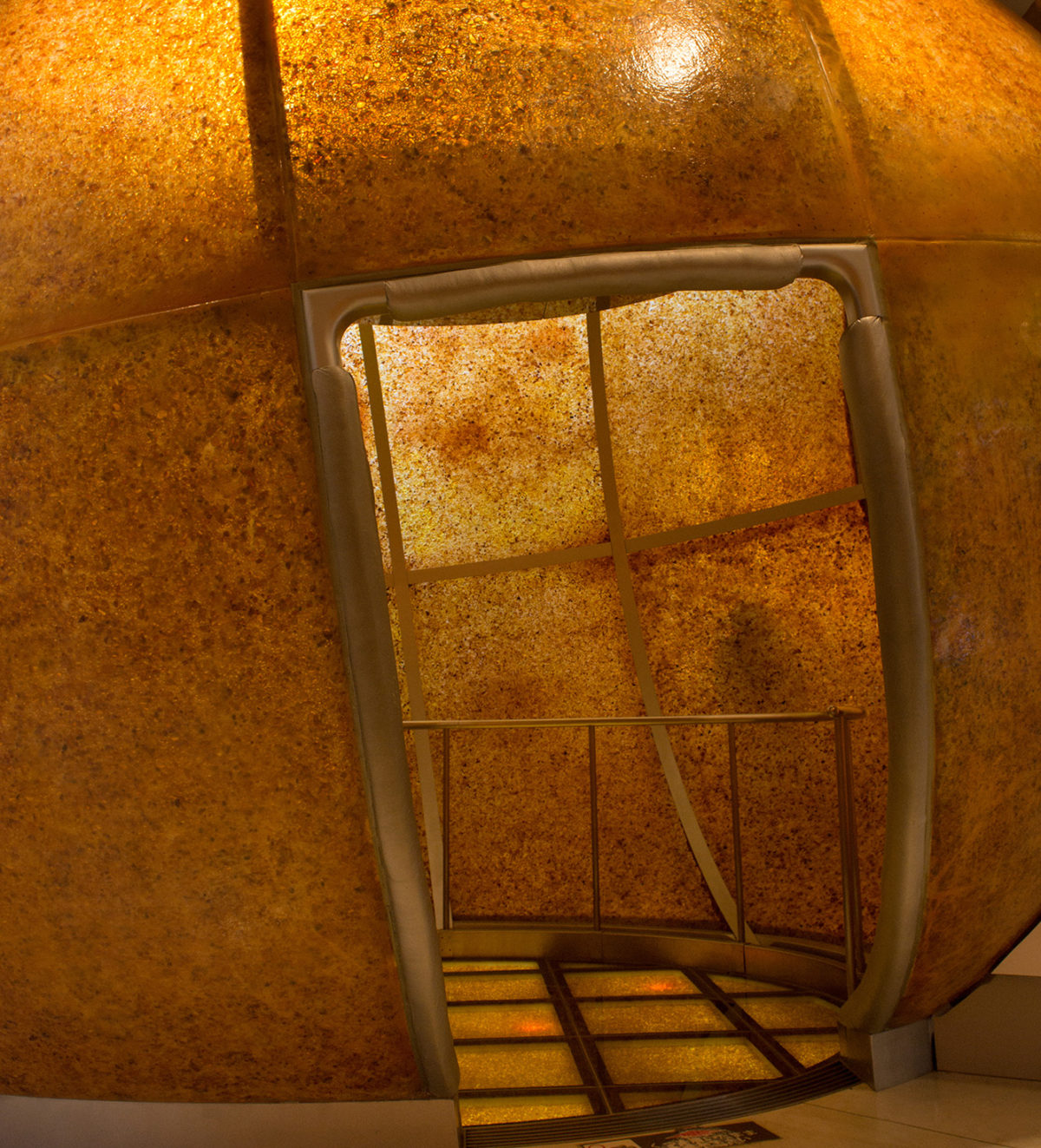
Photo by Wesley Keppel-Henry

Photo by Ryuma Kanaya
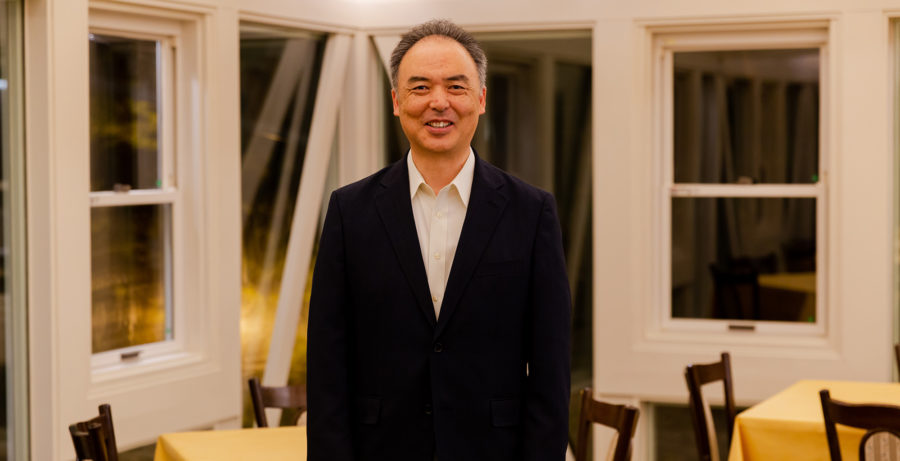
-
Kuji is a small coastal town in Iwate with a long history of amber mining. The seaside area here is known for its ama divers and dramatic rocky landscapes. About eight kilometers inland, in the low mountains toward the Hiraniwa Highlands is where you’ll find Kuji Amber. It is owned and operated by Hisao Shinta, a Kuji native.

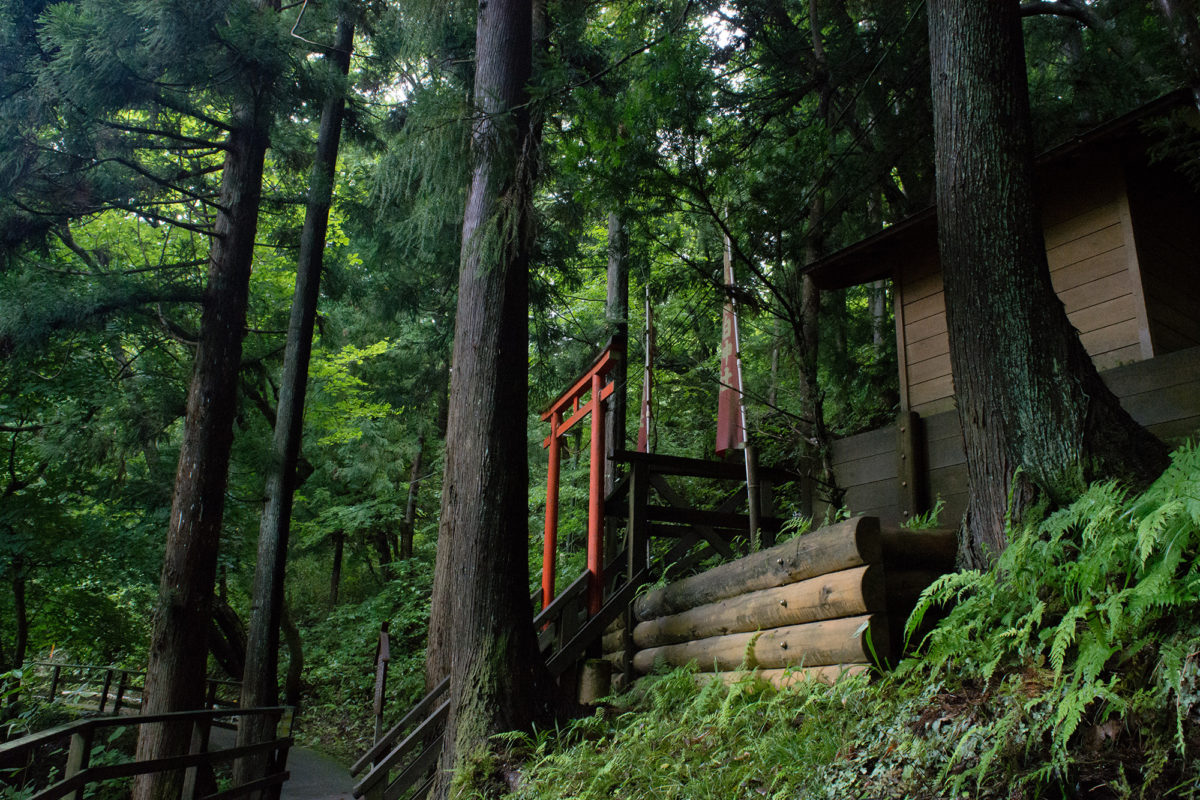
Kuji amber dates from the late Cretaceous period, the age of dinosaurs. Amber from this period is the oldest amber of commercial value. Sometimes, pieces of amber found here have insects or other small creatures trapped inside, just like in the movie Jurassic Park. Some of these specimens are displayed in the museum, while others are used for scientific research. Indeed, the Kuji Amber site has yielded a number of scientific discoveries. For example, the museum houses the world’s oldest bird dorsal feather fossil, a specimen trapped in amber. And when I visited in August, part of the pit mine where the amber digging experiences are offered had been blocked off for paleontological research, as fossilized remains of a Tyrannosauridae had been discovered there recently.
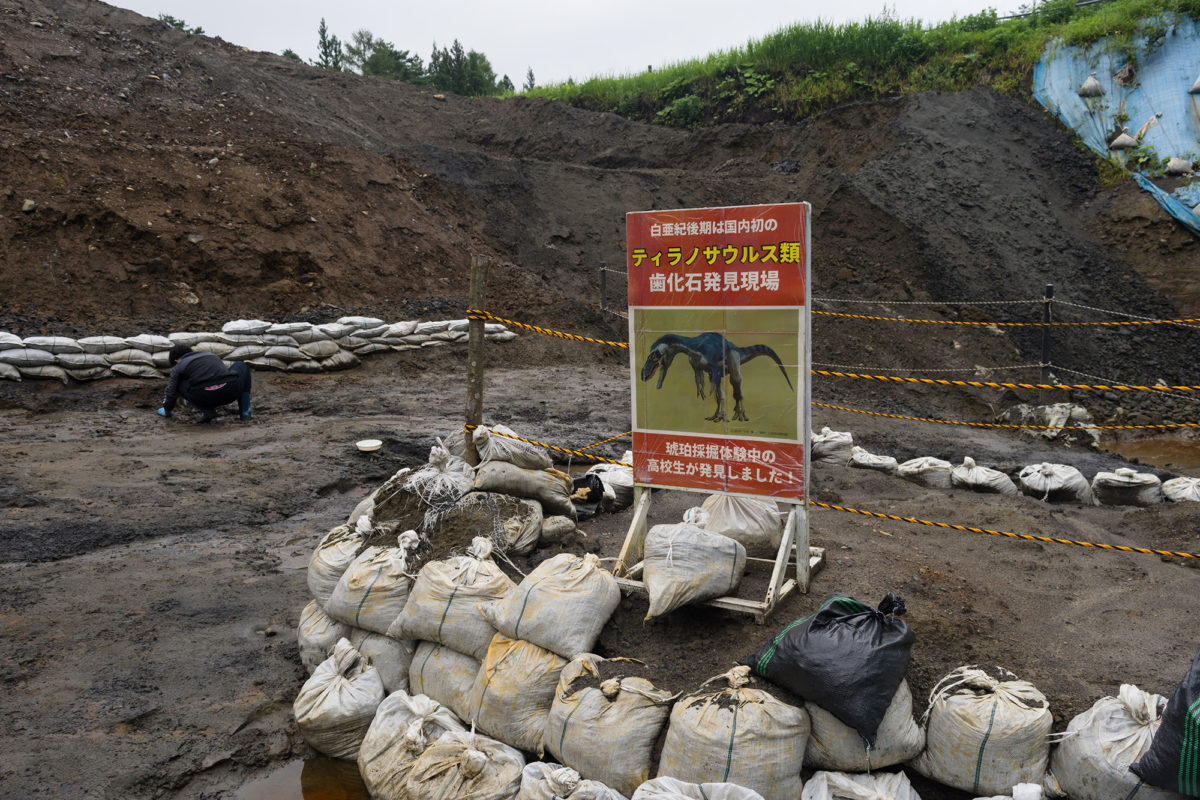
The museum offers a wide range of English-friendly exhibits, from geological specimens, to folklore, to fine art made from amber. Upon entering the museum, the first thing that will catch your eye is the Stone of the Sun, a dome of amber large enough to fit several people. Step inside and hear a Greek legend about the origin of amber. Venturing deeper into the museum, you’ll find science and history exhibits, including oddities like a replica of the Kuji amber pillow found in the seventh-century burial mound of Crown Prince Shotoku. Upper floors of the museum house elaborate amber objets d’art, including the world’s largest amber mosaic.
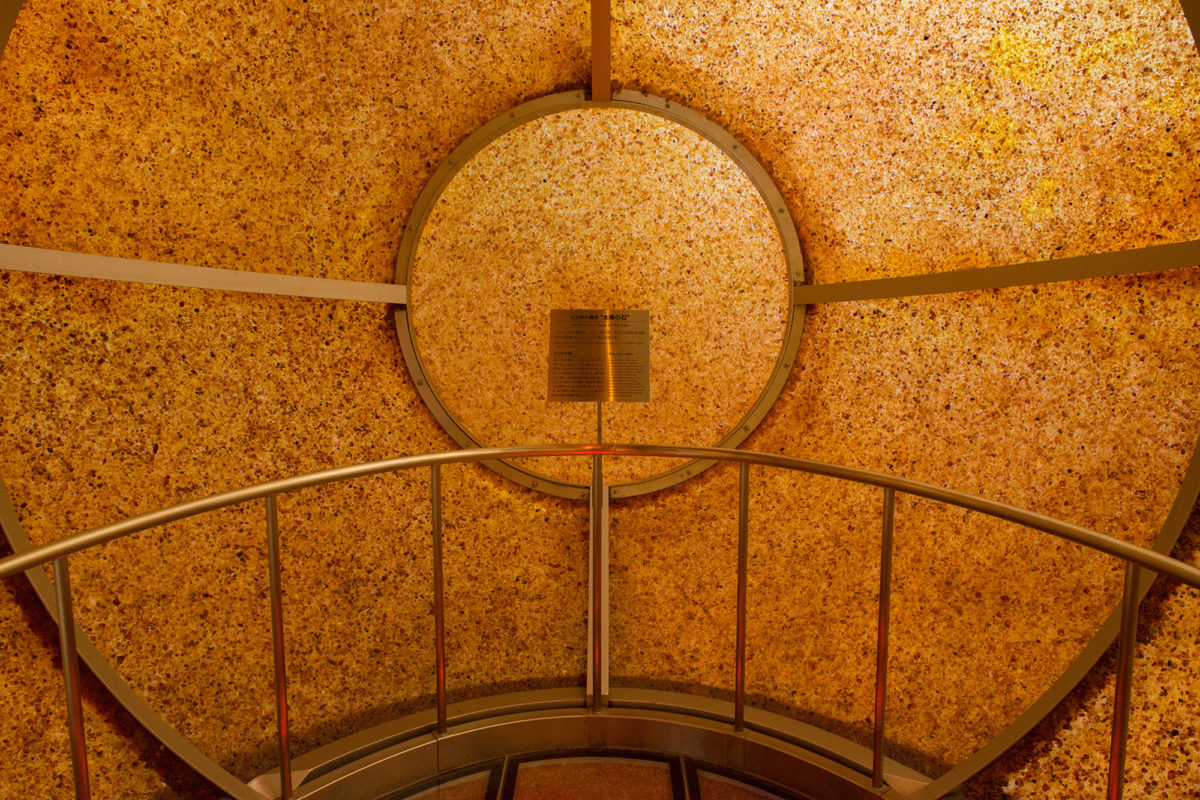
Many of the museum’s exhibits are hands-on, allowing visitors to interact with amber in extraordinary ways. Considering the expense and scarcity of the raw material, these exhibits offer what are, for most visitors, once-in-a-lifetime experiences. For me, one of those experiences was at the amber spa exhibit, where I lay on a bed of amber like those used in Russian sanatoriums. Another was in the Amber Laboratory, where I burned amber to observe its resinous nature and its scent and release its scent. As a sign nearby helpfully explained, Heian-era nobles used the scent of amber to repel insects, by burning the amber or wearing it in the folds of their many-layered robes.

I also tried the amber mining experience outside in the pit mine, which ended up being the highlight of my visit. The soil there is soft, so doesn’t take much physical strength to dig through. Within about forty minutes, I had unearthed a satisfyingly large pebble of amber that I was able to take home with me as a souvenir.

Kuji Amber also has an on-site processing facility where raw amber is polished and shaped. Through observation windows, visitors can watch the artisans at work. Next to the commercial processing facility is a workshop where amber bead- and accessory-making workshops are offered for visitors. Kuji Amber staff will teach you how to handle the precious material and help you craft your own, one-of-a-kind piece of amber jewelry.
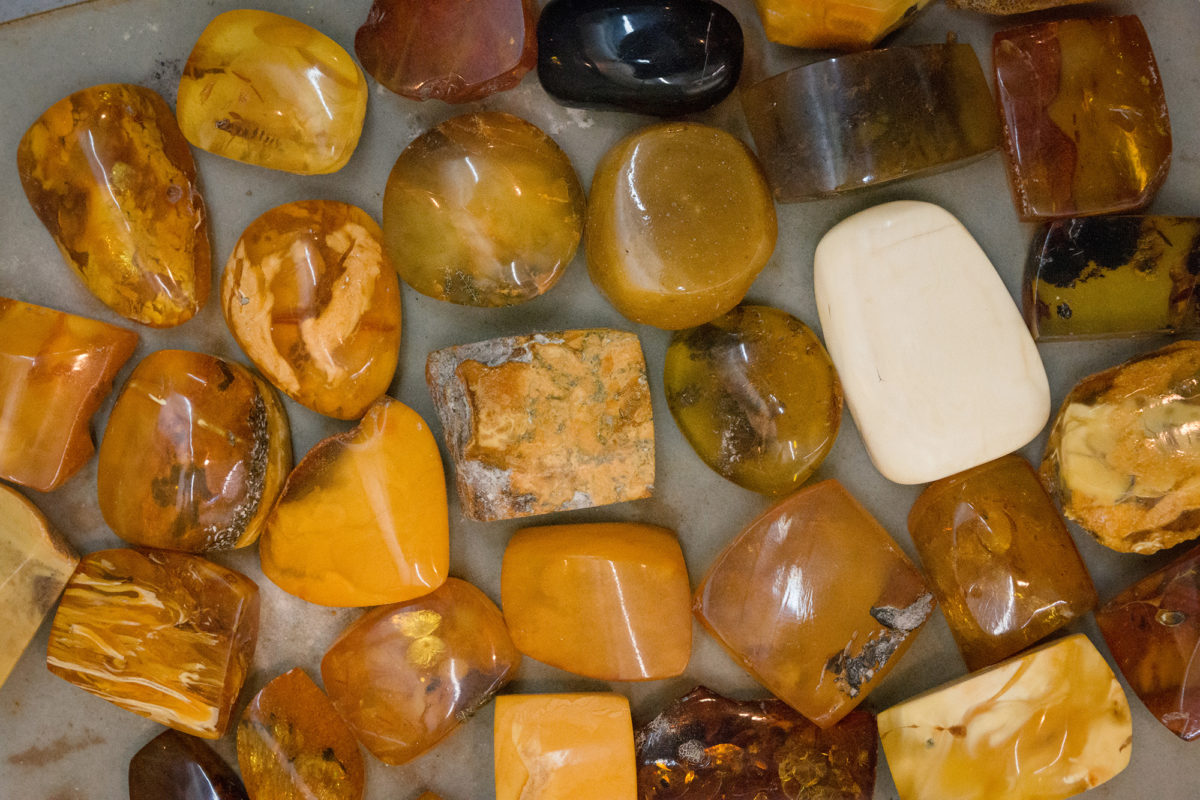
-
Last Update
March 30, 2020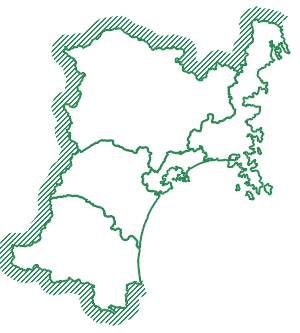
Area Near Miyagi
Details
ADDRESS
Kokujicho 19-156-133, Kuji, Iwate Prefecture, 028-0071
ACCESS BY PUBLIC TRANSIT
By taxi: About 10 minutes from Kuji Station
By Yamane Line or Hiyoshi Loop Line bus: About 25 minutes from Kuji Station (久慈駅), followed by a short shuttle bus* ride or 25-minute walk. Board Yamane Line (山根線) or Hiyoshi Loop Line (日吉循環線) bus bound for Yamane・Iwasebari (山根・岩瀬張), alight at Kuji Kohaku Hakubutsukan Iriguchi (久慈琥珀博物館入口). Timetables here and here.
By Kuji Kohaku-go bus: About 7 minutes from Kuji Station (久慈駅), followed by a short shuttle bus* ride or 30-minute walk. Board Kuji Kohaku-go (久慈こはく号) bus bound for Morioka (盛岡), alight at Morimae (森前) bus stop. Timetable here.
*A free museum shuttle bus is available from the Kuji Kohaku Hakubutsukan and Morimae bus stops. For shuttle bus pickup, call 0194-59-3831; tell them which bus stop you'll arrive at and what time you'll arrive.
ADMISSION
¥500 adults、¥200 children ages elementary to junior high school
CREDIT CARDS
Accepted
LANGUAGES
Limited English. The museum has good English signage; the workshops are offered only in Japanese.
HANDICAP ACCESSIBLE
Yes
HOURS
9:00–17:00 (last entry 16:30)
CLOSED DAYS
December 31–January 1 & the last day of February
The amber mining experience is not available in winter.
PHONE
0194-59-3831
OFFICIAL URL
Visit Miyagi © 2018 All Rights Reserved.